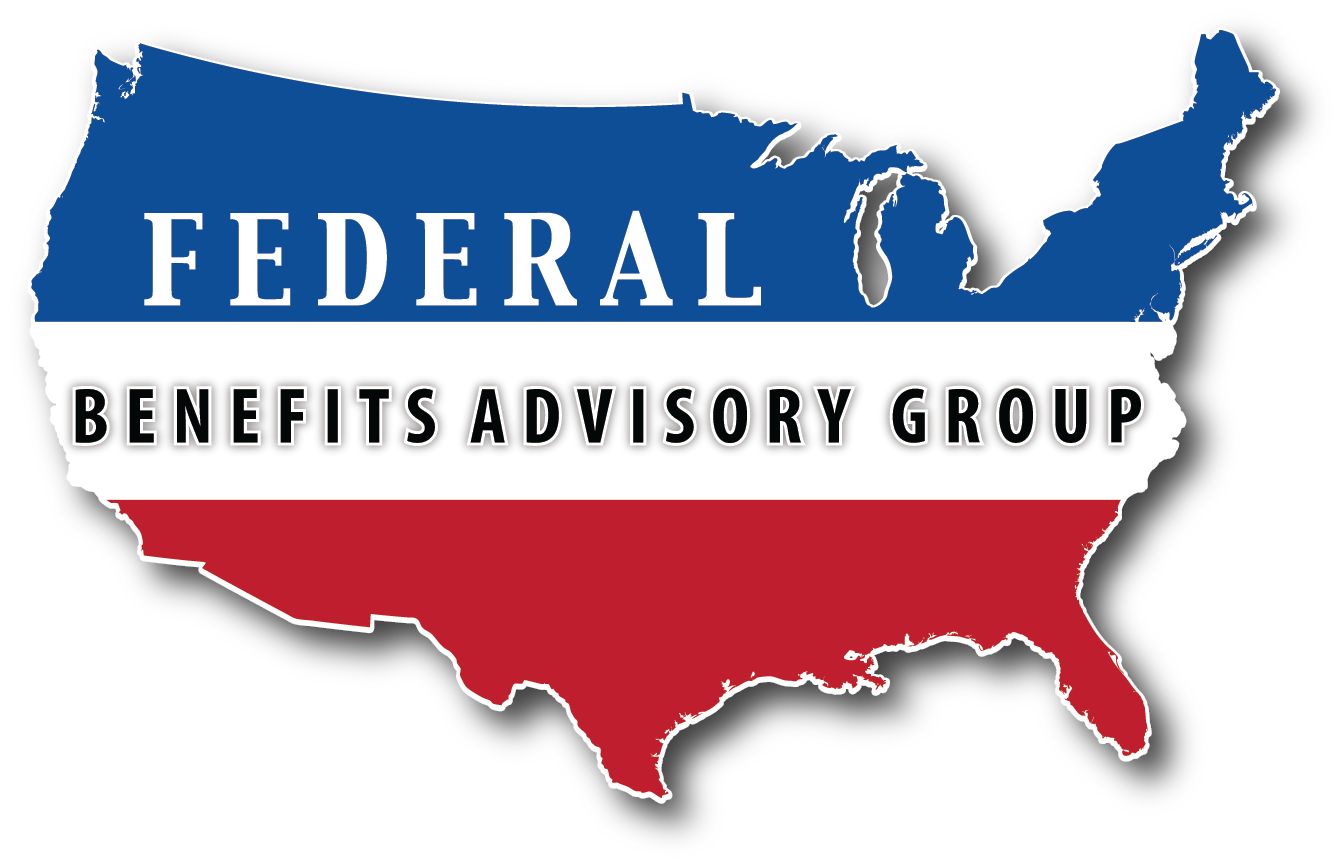Welcome to our comprehensive seminar on federal benefits designed specifically for employees of the Federal Aviation Administration (FAA). At Federal Benefits Advisory Group, we recognize the critical role that FAA professionals play in ensuring the safety and efficiency of the national airspace system. As federal employees, FAA staff are entitled to a range of benefits that are essential for their financial security and well-being. This seminar aims to educate you about these benefits, including the Federal Employees Retirement System (FERS), the Civil Service Retirement System (CSRS), the Thrift Savings Plan (TSP), and various other entitlements such as Enhanced Vision 100.
Federal Employees Retirement System (FERS)
The Federal Employees Retirement System (FERS) is the retirement plan for federal employees, including those working at the FAA. FERS is a three-tiered system that consists of the Basic Benefit Plan, Social Security, and the Thrift Savings Plan (TSP).
1. Basic Benefit Plan: This is a defined benefit plan that provides monthly payments upon retirement. The amount is determined by your years of service and the “high-3” average pay, which is the highest average basic pay earned during any three consecutive years of service. FAA employees benefit from this plan, which is designed to provide stable income after retirement.
2. Social Security: As a FERS employee, you also contribute to Social Security and are eligible for benefits based on your earnings. Social Security provides another layer of retirement security through disability, survivor, and retirement benefits.
3. Thrift Savings Plan (TSP): This is a defined contribution plan similar to a 401(k). It offers federal employees the opportunity to save for retirement with the benefit of government contributions and tax advantages.
Civil Service Retirement System (CSRS)
For those who were hired before January 1, 1984, the Civil Service Retirement System (CSRS) remains in place. CSRS is a defined benefit plan that provides a retirement annuity based on years of service and salary. Unlike FERS, CSRS employees do not participate in Social Security, but they do have the option to contribute to the TSP without receiving government contributions.
Thrift Savings Plan (TSP)
The Thrift Savings Plan (TSP) is a crucial component of retirement planning for federal employees, including FAA staff. It offers two types of contributions: traditional (pre-tax) and Roth (after-tax). The TSP has several funds to choose from, each with different risk and return characteristics, allowing employees to tailor their investments to their retirement goals. The Lifecycle (L) Funds, for example, automatically adjust the asset allocation based on the employee’s retirement timeline.
The government matches contributions up to 5% of basic pay for FERS employees, which is a significant benefit. FAA employees are encouraged to take full advantage of this matching to maximize their retirement savings.
Health and Life Insurance
1. Federal Employees Health Benefits (FEHB) Program: This program provides comprehensive health insurance options to federal employees and their families. FAA employees can choose from a wide range of health plans, including fee-for-service plans, health maintenance organizations (HMOs), and high-deductible health plans. The government shares the cost of premiums, making it an affordable option for employees.
2. Federal Employees’ Group Life Insurance (FEGLI): FEGLI offers group term life insurance to federal employees, with basic insurance automatically provided unless waived. Optional coverage is also available for additional costs, which includes coverage for family members. This program helps ensure that FAA employees’ families are financially protected in case of unforeseen events.
Long-Term Care and Other Benefits
1. Federal Long-Term Care Insurance Program (FLTCIP): This program helps federal employees cover the cost of care when they can no longer perform everyday activities due to a chronic illness, injury, disability, or aging. It offers a range of options to help with the costs of long-term care services such as home care, assisted living, and nursing home care.
2. Flexible Spending Accounts (FSA): FSAs allow federal employees to save on eligible health care and dependent care expenses with pre-tax contributions. This can result in significant tax savings for FAA employees and their families.
3. Annual Leave and Sick Leave: Federal employees accrue annual leave based on their years of service. FAA employees accrue leave at a consistent rate and can use it for vacations, rest, and personal matters. Sick leave is accrued at a consistent rate and can be used for personal medical needs, care of a family member, or adoption-related purposes.
4. Training and Development: Continuous professional development is vital for FAA employees. Federal agencies provide various training programs and educational opportunities to enhance skills and career growth. These programs ensure that employees are well-prepared to meet the challenges of their roles and advance in their careers.
Conclusion
At Federal Benefits Advisory Group, our goal is to empower FAA employees with the knowledge they need to maximize their federal benefits. Understanding these benefits is crucial for long-term financial planning and security. We are committed to providing you with the resources and information necessary to make informed decisions about your career and retirement. We hope this seminar provides valuable insights and helps you navigate the complexities of your federal benefits.
Thank you for your dedication and service. We are honored to support you in understanding and optimizing the benefits you earn as federal employees. If you have any questions or need further assistance, please do not hesitate to reach out to our expert advisors.
